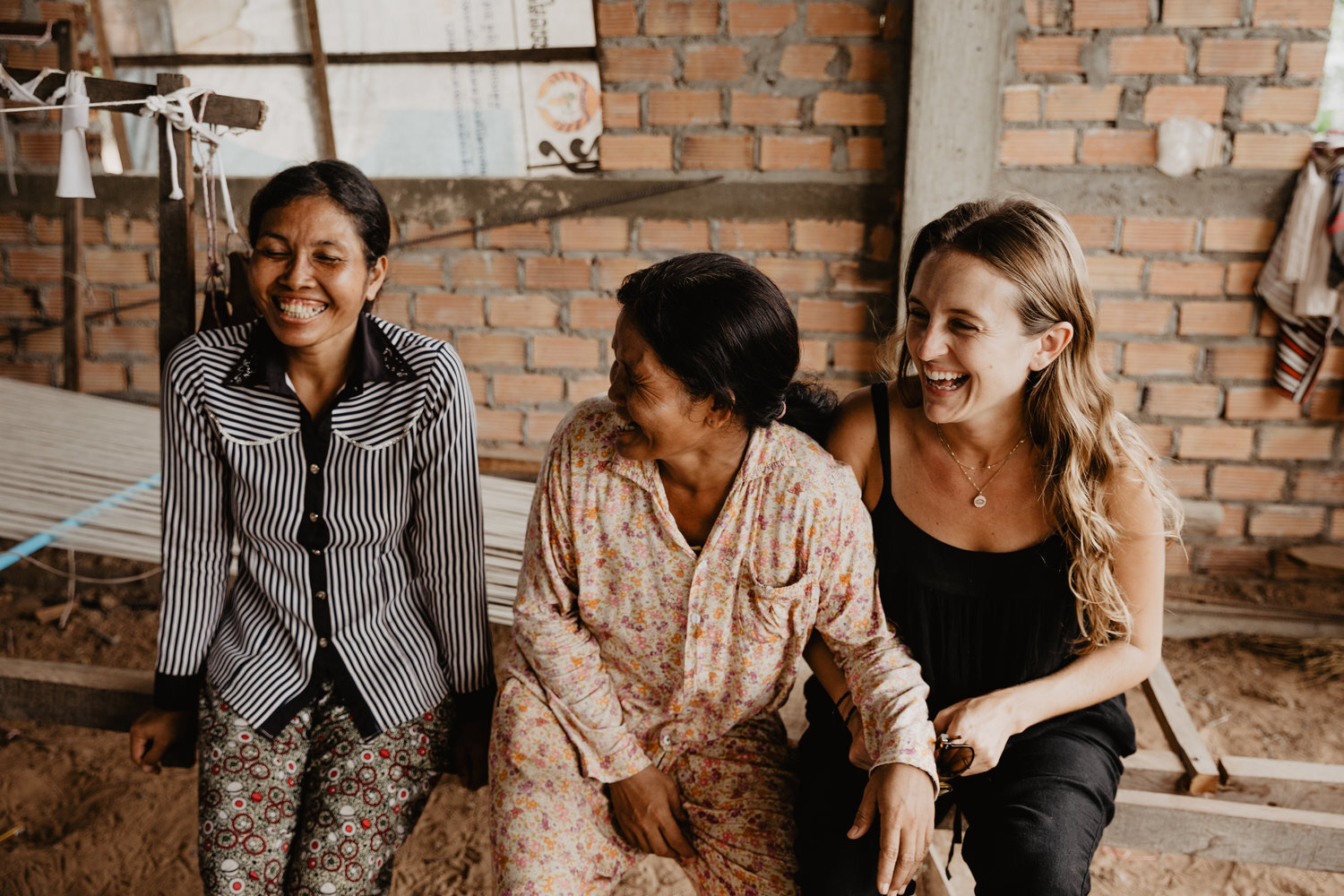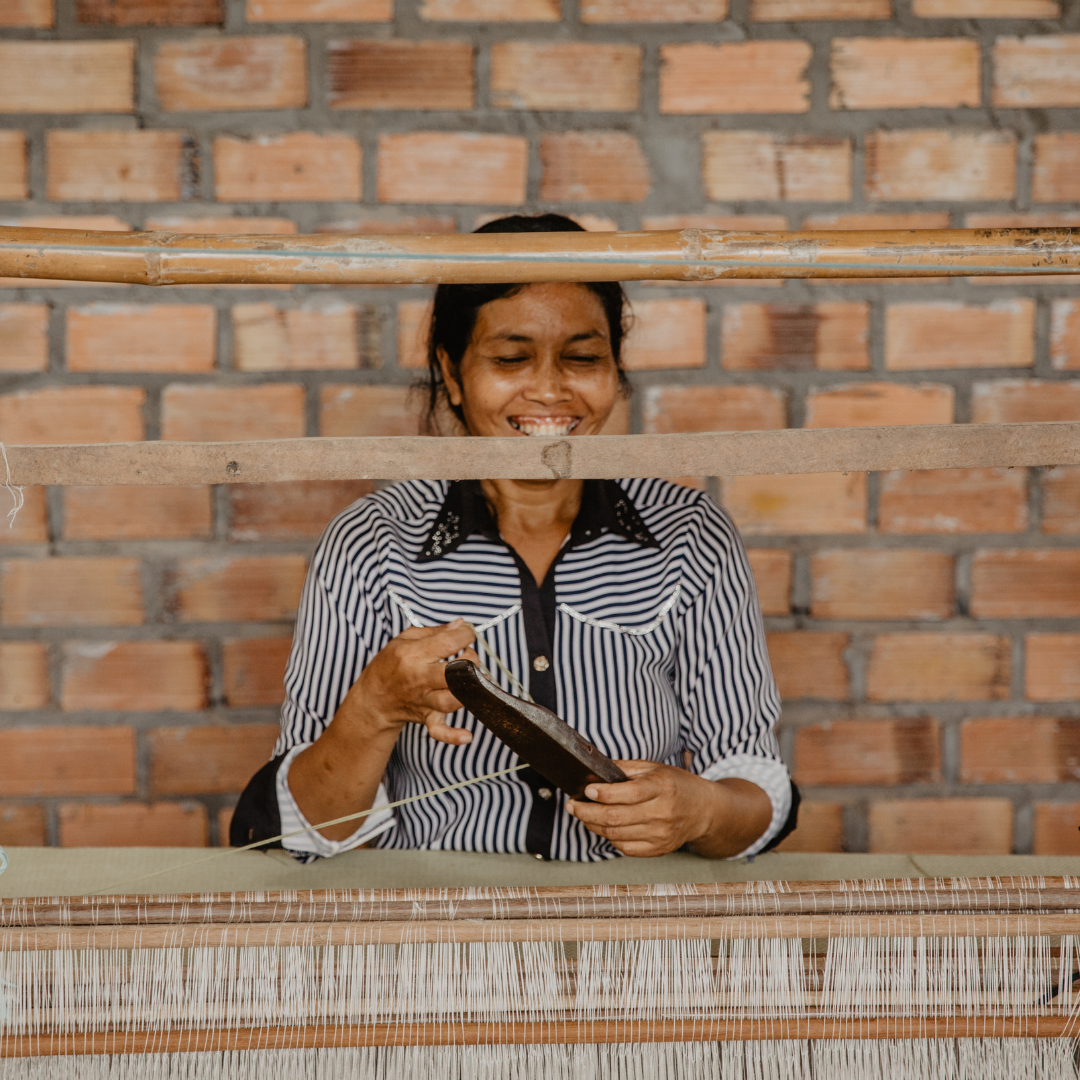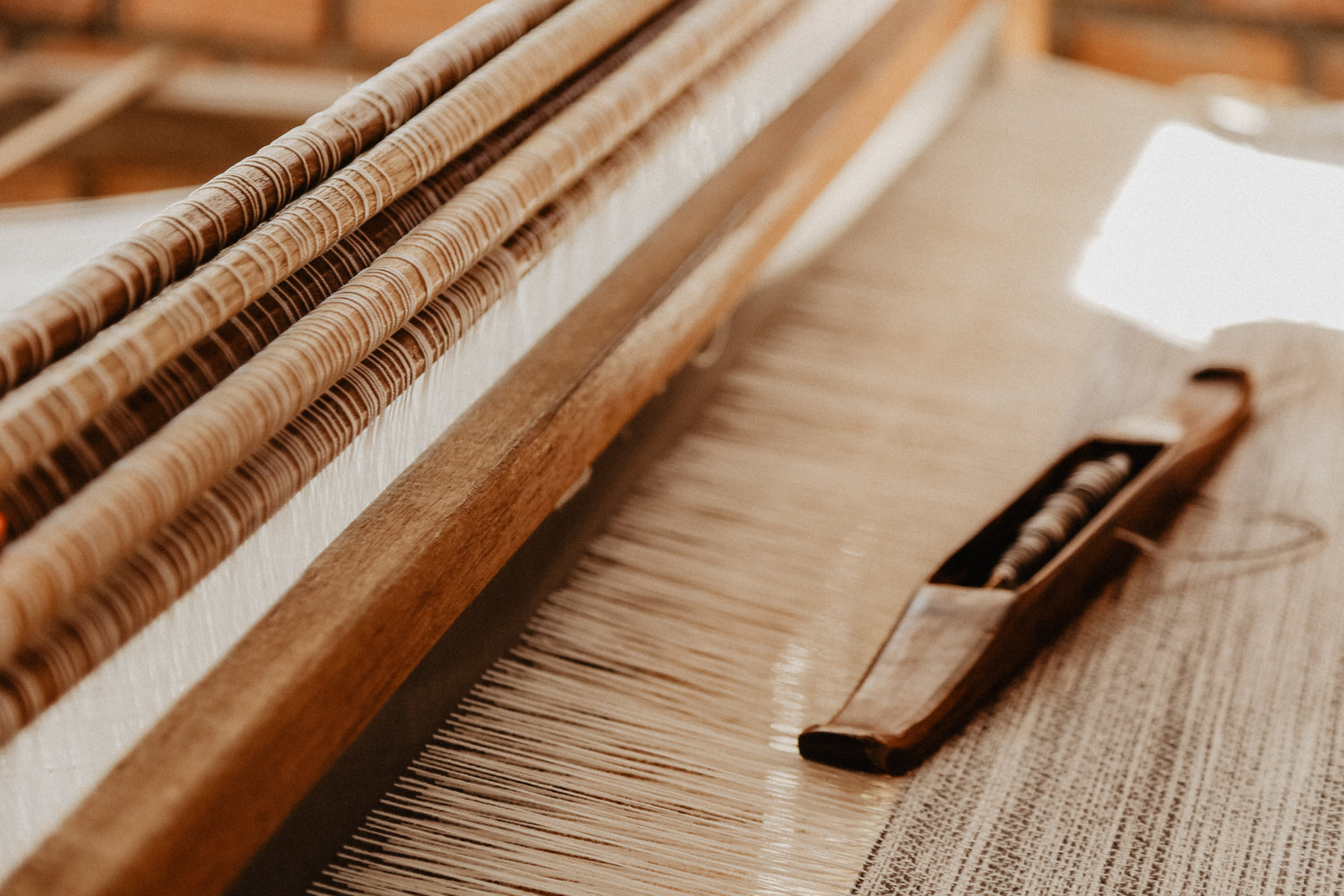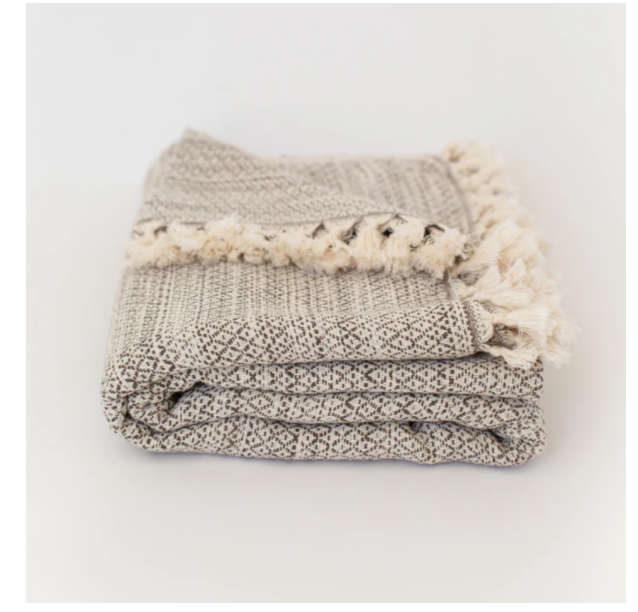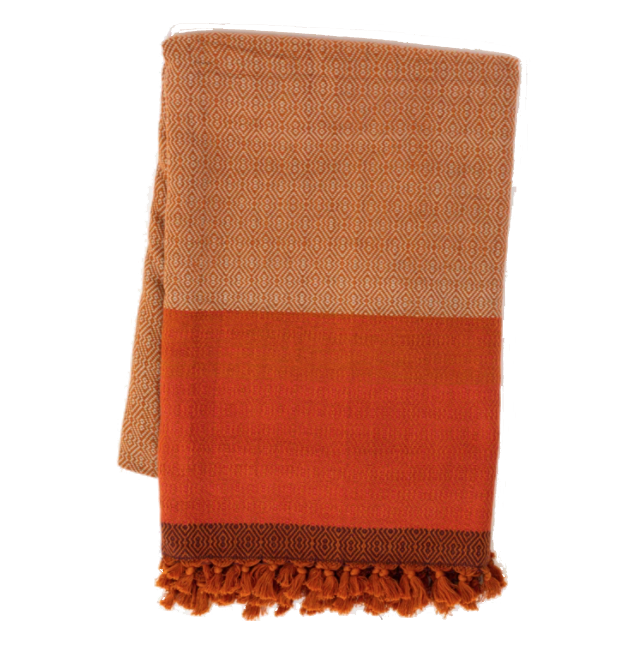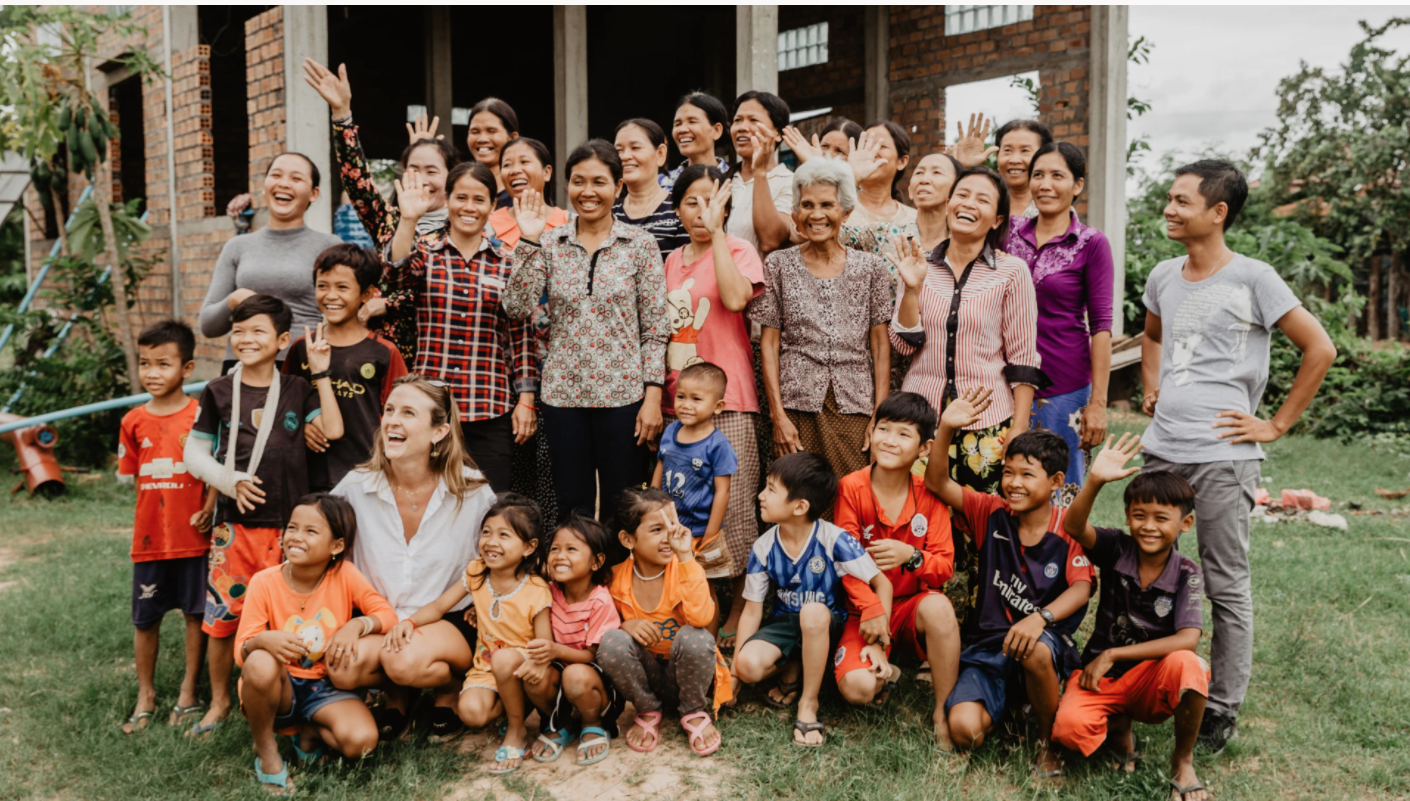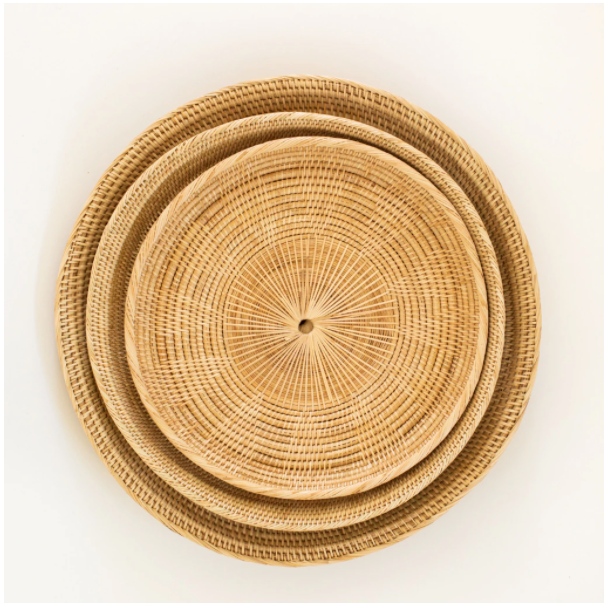FROM a CORPORATE-CHASING, CAREER GIRL IN AMERICA, TO a NOT-FOR-PROFIT ORGANISATION FOUNDER IN THIRD WORLD CAMBODIA, Kate Davis has cultivated everything in her power to inspire fair-trade equality for traditional communities in cambodia.
Kate's journey is an honest perspective that reminds us that humanity can be achieved with collective unity and kindness. her story also validates a common though not often practiced affirmation... 'follow your heart.'
we love this story!
HUMANity takes one of a (human)KIND
SLOW MADE collective humanity with artisan partners | DESTINATION cambodia
INTERVIEW WITH KATE DAVIS (Founder & Executive Director) | photography contributed by Brandon Hill and Elaine McKellips
videographer Gentry Faith Wilson
HONESTLY KATE, YOUR PERSONAL JOURNEY SHOWS GREAT COURAGE AND EVIDENCE THAT HEART CAN RULE OVER HEAD TO LEAD A MORE FULFILLING WAY FORWARD. FROM A CORPORATE CAREER IN AMERICA TO FOUNDING A NOT-FOR-PROFIT ORGANISATION IN THIRD WORLD CAMBODIA, HOW DID THAT INSTINCTIVE URGE JOLT YOU AWAY FROM YOUR ORIGINAL PATH?
Thank you. That is so kind to say!
You know, early in life I learnt to lean heavily on my intuition, so when I feel a strong sense that something is right, or wrong, I do tend to trust that. Even if it seems crazy to others, I believe we are all blessed with an internal guidance system and if we listen and respect our inner wisdom, we can lead a more fulfilling life.
After the life-changing events that I experienced while travelling in SE Asia, I knew deep down that I could not go back to my corporate career and ‘normal’ American life. I’d come face-to-face with extreme poverty and could no longer ignore the fact. My trip to Cambodia ignited a spark so strong, I knew I was destined for a different path. I needed to follow my heart, which meant returning to Cambodia to better understand gender equality and women's rights within this region. A big decision that ultimately led to the launch of Collective Humanity.
YOU VISITED A FEW OTHER COUNTRIES DURING THE SAME TRIP, BUT CAMBODIA TOOK A STRONG HOLD TO AWAKEN YOUR TRUE POTENTIAL. WHAT HAPPENED EXACTLY? OR, WAS IT ONLY ONCE YOU RETURNED TO REALITY THAT THE ‘COLLECTIVE HUMANITY’ CONCEPT CAME TO MIND?
The time I spent in Cambodia had a huge impact on me. From learning about the relatively recent genocide… one quarter of the entire population of Cambodia were killed… to being approached by a little girl living on the streets, carrying her newborn sister and begging for milk money to feed the baby. As cliche and maybe naive as it may sound, I couldn't believe what I was seeing. I had never seen poverty at that scale. Nor had I experienced such kindness as I did with the Khmer people.
Looking back, I know this experience planted the seed and that something beautiful would bloom. On returning to America, I found myself standing outside a high end shopping mall and watched. Modern day consumerism was thriving but my thoughts went straight back to that little girl on the streets in Siem Reap. My husband and I continued walking and I remember saying, “I have to do something. How can this be? How can we live in a world where there is so much excess at the same time there is such extreme poverty?” This is when I asked myself if I could exist in this material world while knowing there was a little girl still begging and going to bed hungry… the straight answer… I couldn’t.
I felt a sharp pull inside of my heart to do something and I just kept doing the next thing that felt right until eventually, Collective Humanity took shape as it is known today.
NEARLY EVERYTHING IN YOUR LIFE HAD TO CHANGE TO MAKE THIS VENTURE HAPPEN. HOW DID YOU DO IT AND ALSO KNOW WHEN THE TIME WAS RIGHT? HOW LONG HAS IT TAKEN YOU TO ADJUST TO THE CAMBODIAN WAY?
I often think that in a past life I must have been a Cambodian because their way feels effortless and incredibly natural for me. The societal expectations of women make it hard to feel like I could ever fully adjust but my overall experience of Cambodian life is relaxed… or “come what may,” as the locals say.
When I first started Collective Humanity I confided to a friend in Cambodia about how overwhelmed I felt about finding a good way to help every little girl in the country with programs that could reach, scale and span far enough. I’ll never forget it. My friend laughed and said, “How American of you! Thinking you can or have to scale, scale, scale and help everyone. In Cambodia, we believe that if you can help one person, that one person can help another person and so on. So one by one is how we can help everyone. Just worry about that ‘one’.”
Honestly, this view changed my entire way of thinking and strategy at Collective Humanity.
Cambodians do not hurry either, yet all is accomplished. They take time to sit, talk, eat, drink, rest and know when to pause and when it’s a good time to stop. In America it’s always been about progression and productivity. The Cambodian way has stuck with me and it’s been interesting to note that I am most productive and less stressed when I am working in Cambodia compared to America.
WHAT IS THE MOST IMPORTANT THING A TRAVELLER CAN DO TO HELP SUPPORT LOCAL COMMUNITIES ON VISITING CAMBODIA?
Supporting local businesses is probably the most impactful way to preserve Cambodian culture. This may seem obvious, but it does take some research to identify locally-owned and operated businesses. Shop local, eat local and stay local where you are. I promise you will have an amazing experience! Cambodian hospitality is like nothing in the world!
PLEASE TELL US A LITTLE ABOUT ‘COLLECTIVE HUMANITY’? (ESPECIALLY HOW YOU KNEW TO TAP INTO TRADITIONAL CRAFTSMANSHIP TO HELP EMPOWER THE LOCAL ARTISANS.)
Collective Humanity began with the desire to leverage American consumerism to help communities of women in need. The foundations were based on me gaining a real understanding on the issue around extreme poverty, (which is classified when income falls below $3 a day). Sadly and in many cases, poverty can convert to human trafficking, bonded labor, lack of education, resources and so on. I learnt to realise that the most impactful way to help alleviate such poverty was to generate job creation to sustain economic growth for the community and country. I also wanted to build a business to empower women to gain autonomy for themselves and their children. Working with local artisans felt like a beautiful and powerful way to achieve this goal.
The artisans already had their invaluable knowledge and skills but lacked a reliable connection to the broader market. It’s with thanks to my incredible business partner Chomnab, who has dedicated his life to helping artisan women thrive in Cambodia. When I met Chomnab, he had been living and working in the artisan village for 5 years and built long-term relationships with the local weavers and implemented a series of training programs to improve their skills. He’d also begun importing cotton into the region from Vietnam to help expand on skills and market opportunities. He was looking for a wider audience when we met and as fate would have it, our partnership was born. Chomnab has in-depth experience and an invaluable understanding of the community's social and economic challenges. He is dedicated to helping sustain employment and female empowerment. I would not be where I am today without him.
THE WONDERFUL COMMUNITY OF ARTISANS THAT YOU WORK WITH MUST BE LIKE FAMILY. HOW LONG DID IT TAKE TO SET UP OPERATIONS TO REVENUE CREATION WHILE NURTURING HAPPY CO-WORKING RELATIONS?
It took about 2 years to really develop the necessary mutual trust to have fruitful co-working relationships with our weavers and partners. I’ll never forget the visit I had when the women in the weaving village really began to embrace me. Initially, and rightfully so, they were skeptical. I did ask them on my first visit why they thought I was there and they told me, “To give the children bicycles”, which is what the last white person who came to their village had done.
Now they run up to me with arms open and enormous hugs. (Not a common gesture in Cambodian culture but one that means so much to me). I have grown to love and care for them so deeply that I genuinely consider them all an extension of my family and we all carry the belief that we were meant to be in each others lives.
HOW WOULD YOU DESCRIBE LOCAL LIFE AND CULTURE IN CAMBODIA?
This is a tough one. I am not sure I can articulate the true essence of local life and culture as I am not a Cambodian, but I can tell you what I have observed and how it feels from my perspective as an American…
There is something about Cambodia that I can’t quite define but it makes me feel calm. It’s like no other place in the world. City streets are busy. Chaotic for some, but there is an almost effortless flow to city life. Organised chaos perhaps.
Away from the chaos is rural life where I am often taken aback by the depth of community spirit. The way people care for each other is so beautiful. It’s so different in that regard to America. In a Cambodian village, if one woman has a baby then the entire village passes the baby around and shares nursing duties as needed. Nobody seems too burdened by having a child because everyone in the community shares the responsibility to raise them.
Children run up to another family while cooking and will eat whatever food is being prepared whether it is their home or not. Cambodians share and care for one another because they understand what others may be experiencing. I find this incredibly humbling and it feels closer to how life should be and how human interactions should feel. This emphasises the sacred importance of community.
WHAT TRADITIONAL TRADES DO THE ARTISANS SPECIALISE IN? WHERE DID THEY LEARN THESE SKILLS?
The majority of our artisans specialise in loom weaving. Legend has it, that more than 4700 years ago Princess Xi Lingshi, the empress of Leizu, was enjoying a cup of tea under a Mulberry tree when a small yellow object fell into her cup. Out of curiosity, she pulled the object from her cup and began to unroll the thread of the cocoon wrapped around what we now know to be a silk worm. According to the legend, the Princess soon realised that she could spin and weave this thread and began to instruct her entourage, the art of raising silk worms, known as ‘sericulture’. Xi Lingshi became the goddess of silk in Chinese mythology.
It is believed that weaving was first introduced to Cambodia in the form of silk weaving in the 13th century. Carvings of women wearing traditionally woven silk clothing can be found etched in the stone walls of Angkor Wat, dating back over 900 years.
By the end of WWII 10 to 30 percent of Cambodian families worked in the silk industry. The women bred silk worms and wove their own clothing and the techniques of mulberry growing, silkworm breeding and weaving were passed down from mother to daughter. By the time young Khmer girls reached 10 or 12 years old, they were seen to be old and capable enough to breed worms and weave the silk.
Our weavers learnt from their mothers and teach their daughters at home. Chomnab, our operations manager in Cambodia also plays a vital role in training our artisans and helping develop new skills so that Collective Humanity can continue to grow. He is always coming up with new designs to teach the weavers, gathering inspiration from different regions in Cambodia and bordering countries.
ARE THE TEXTILE DESIGNS UNIQUE TO THE REGION OR ARTISAN INSPIRED?
The textiles we produce are a combination of traditional patterns, blended with modern designs. Some of the patterns, like in our Roum Handwoven Throw (pictured left), have been passed on from mother to daughter in our weaving village for centuries.
The creative process is a collaborative one and we have so much fun learning for each other. We work with the artisans to develop a slightly modern take on a traditional piece by adding a design element like tassels, or changing the colour profile to fit a modern consumer palette.
WHAT MATERIALS AND DYES ARE USED? ARE MATERIALS LOCALLY SOURCED?
For the majority of throws made, we use 100% cotton, ethically sourced from cotton farms in Vietnam. We are also working to preserve the trade of silk weaving and very excited to be launching a new line of silk-wearable textiles this year.
DO YOU LIVE NEAR WHERE YOU WORK? WHAT’S THE MOST ENJOYABLE LOCAL EXPERIENCE THAT YOU EMBRACE ON A REGULAR BASIS?
I actually live bi-continental as crazy as that sounds. I split my time between the States and Cambodia. My husband, family and home are in America. From the very start of this enterprise, I knew I couldn’t uproot my life entirely, nor did I think it best for the business overall. Still holding a presence in America is an invaluable link for our artisan partners and channels for Collective Humanity. It is our US distribution channels via trade shows, pop-up markets, retail stockists and e-commerce stores that sustain our vision.
I do feel incredibly blessed to have the privilege of having two cities, on opposite sides of the world, to call my home. It feels like my heart is in two places at once. When I’m in Cambodia I reside in Phnom Penh, which is where our managing partners studio, logistics and operations are headquartered.
I travel between Phnom Penh, Siem Reap and our artisan weavers village in Banteay Meanchey, but I live in ToulTomPong in Phnom Penh, which feels like home now. I know every alley having spent many days wandering on foot through the neighbourhood on my own, dodging tuk-tuks and motos. I’ve spent hours chatting with talented jewellery artisans of Penh Lenh. I also enjoy the local coffee, wandering the markets, negotiating with antique dealers on ‘440’ and sipping fresh coconut water from a street vendor on a hot day.
But a favourite local experience, is riding through the city in the early mornings on a tuk-tuk, which feels like a way to truly immerse myself in the local buzz. I often ask the driver to take me the long way home, or stop by a coffee shop, just to witness the perfect chaos that is found on the streets of Phnom Penh. I feel a sense of freedom as the observer – passing families of five on a moto, zipping past with a young child waving frantically, or seeing tuk-tuks on the way to the morning markets, stuffed full with fresh vegetables or livestock. The heat, the sweat, the smell of a barbecue cooking on the sidewalk… I often need to pinch myself or take a photo of my feet on the tuk-tuk to appreciate where I am… while at the same, friends and colleagues back in the States might be sitting in corporate offices or traffic jams. In these simple moments in Cambodia I feel the most like myself and most connected to the world around me… a more alive version of myself. A feeling that I wish for everyone. I am truly grateful for this journey and feel so lucky to do this work.
CAMBODIAN CUISINE ALSO SOUNDS DELICIOUS. WHAT’S A FAVOURITE DISH THAT YOU'd NEVER FIND IN THE USA?
This is hard. I love Cambodian cuisine and there are so many amazing and talented chefs who are preserving traditional Cambodian cuisine in really unique ways, like Chef Ratanak Ros.
I recommend trying everything a first time but there is something so comforting about Kuy Teav, which is a local breakfast soup. It’s so simple and light yet wholesome and delicious. Waking up to a warm bowl of garlicky soup with rice noodles and a cup of coffee instantly provides me with an overwhelming sense of calm, even while sitting to enjoy this dish on a busy street in Phnom Penh.
IT’S DIFFICULT TO REFLECT ON THE IRREVERSIBLE TRUTH BUT CAMBODIA HAS BORE WITNESS TO A HORRIFIC AND UNJUST PAST. CAMBODIA MUST BE AN INCREDIBLY RESILIENT AND COURAGEOUS COUNTRY TO LEARN FROM. HOW ARE COMMUNITY SPIRITS POST 2020?
When I think about the word ‘resilient’, it feels like a description that doesn’t do this country justice. What Cambodia has overcome in terms of war, genocide, poverty and the hard work to rebuild a destroyed nation shows how unbelievably strong Cambodian spirits are. Their spirits are not easily swayed. They are made of something much deeper and they have a steady grasp on the unpredictabilities of life’s true nature with a real understanding of the fragility of it all. Our artisan team have certainly been an anchor for me during this time and they are constantly reminding me, that this too shall pass.
Cambodians have seen economies crumble and then be rebuilt, and they have seen nations divided and reunited, so it is hard for me to fear the future while working with people who have had to overcome so much. Their stories make the troubles of today, as scary and unprecedented as they are, seem trivial in comparison. Their existence is a reminder that devastation is part of the human experience and we can only get through terrible times by working together.
WITH EDUCATION GAINING MORE STRENGTH FOR THE YOUNGER GENERATIONS COMING THROUGH, DO YOU IMAGINE SLOW MADE CULTURES BEING FOSTERED MORE AT SCHOOLS, TO HELP PRESERVE AND ENCOURAGE TRADITIONAL VALUES?
We hope that by helping create enough demand for these products and offering fair trade wages, that the younger generation will want to carry on this tradition and even own enterprise business. I would love to see traditional craftsmanship being integrated into Cambodian education, and I imagine at some city schools they might be. In the more rural communities, similar to where we work, the children learn so much about the techniques from their mothers at home.
SHIBUI & Co. would like to thank Kate and the artisan team at Collective Humanity for sharing their beautiful story with us.


